Description
Looking for a way to spice up your life?
Then look no further than Serrano hot pepper seeds!
These peppers are some of the spiciest around, with a Scoville rating of 23,000.
They’re also incredibly versatile, adding heat and flavor to any dish.
Plus, they’re perfect for growing in your garden – order now and you’ll be enjoying fresh peppers!
Serrano Pepper is a spicy, green, medium-walled, finger-sized chili pepper originating from the mountainous regions of the Mexican states of Puebla and Hidalgo and is named after the shape of the mountain line.
Up to five times hotter than their cousin, the jalapeno, this pepper is a favorite in hot salsas, sauces, and Mexican dishes.
Use to make your own blend of tangy hot sauces, chutneys, and oils, eat stuffed, or chopped in enchiladas, tacos, spicy queso, sandwiches, soups, or pickles.
Spice level is hot (10,000 – 23,000 Scoville Units).
Also Known As: Verde Chile Pepper, Chili Seco Hot Pepper, Calibre Pepper
We ship in 1 business day.
Shipped with USPS First Class Mail.
Plant Name: Pepper, Serrano Latin Name: Capsicum anuum
Days to Germinate: 14-21
Days to Harvest: 80
Germination Rate: 90%
Test Date: 11/21
Growth Habit: Bush, Upright
USDA Zones: 3-12
Lifespan: Annual
Country of Origin: United States
Sunlight: Full Sun, Partial Shade
GMO: No Pollination: Heirloom, Open-Pollinated
Fungicide-Treated Seeds
Fungicide-treated seeds protect the seedlings from diseases until they are up and growing. Do not eat treated seeds. **Seeds are freshly packed for the growing season of the year listed.
Seeds are still viable beyond pack date.
Store in a cool and dry location such as the refrigerator or basement to best preserve germination rates.
Planting Instructions: Soil Preparation: Choose an area with heavy, well-draining soil that receives at least 6 hours of sunlight each day.
Several weeks before planting, prepare dig or plow the soil 8-10 inches deep and rake up several times to break up large clods.
Work the soil when it is dry enough to not stick to garden tools.
Alternatively, you may use organic matter from manure, compost, peat moss, or rotted hay from a local source when building organic matter content in the topsoil.
If you wish to plant seeds during this period, wait until the ground has warmed in the spring and there are no predicted frosts. Peppers grow best in warm weather.
For Fall planting, plant fall-bearing plants 12-16 weeks before the first expected frost. Beginning fall-bearing plants indoors and then transplanting outdoors will be easier than if starting from seed outdoors.
If direct sowing, plant 3-4 seeds in 1/2 inch deep holes spaced 1 1/2 feet apart within rows spaced 3 feet apart (from hole to hole). If transplanting, plant 3-4 seeds 1/2 inch deep in a pot.
When pepper plants are 4-6 inches tall, transplant them outdoors. Make 3-4 inch-deep transplant holes spaced 1 foot 2 feet apart within raised rows spaced 3 feet apart (from plant to plant).
Fill the holes with water and let it soak in. The slightly sunken area that was created will help the plant to retain a particular amount of water.
Place the plant in the ground, and when the soil settles, pack the dirt carefully around the roots. Leave a sunken area around the plant to retain water. After planting, water the plant.
The goal is to transplant peppers at night or in cloudy conditions so that plants don’t get too cold and wilt. Transplant Depth 2 inches Within-Row Spacing 1 foot Between-Row Spacing 3 feet Care During the Season Water the plant once every day to keep it from wilting.
Deep watering helps the root system develop when potting, as do mostly avoiding wilting pepper plants.
If you see that the soil is getting very thick, avoid hoeing or tilling it near pepper plants because the extra growth will sluggish the plants. Pull by hand any weeds you see.
Water the plants after adding fertilizer to increase their yield and quality. Insecticides can be used to protect your plants. Bt-based insecticides and sulfur are organic options.
Sulfur also has fungicidal properties and controls several diseases.
Sevin is a synthetic insecticide that can be used to control for the flea beatle.
Neem oil and insecticidal soaps are effective ways of dealing with aphids. Before using a pesticide, be sure to read the instructions and warnings on the label, and always follow the recommendations.
Diseases watch pepper plants closely, especially in mild weather conditions. Leaf spots are the cause of fungi and bacteria, and can be affected by neem oil, sulfur, and other fungicides.
Please always follow label directions.
Harvesting Peppers harvest bell peppers as they mature to increase the harvest throughout the year. Peppers are usually ready 8-10 weeks after transplanting.
Harvest hot peppers when the skin turns red or yellow, depending on the pepper variety. Serranos and jalapenos mature when they reach a good size and develop a dark green tone.
Use peppers within 3 days of harvesting, or store in the refrigerator crisper or other covered containers.

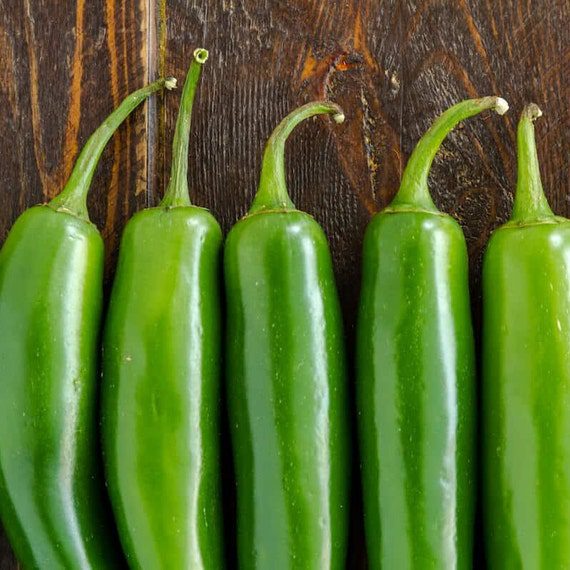
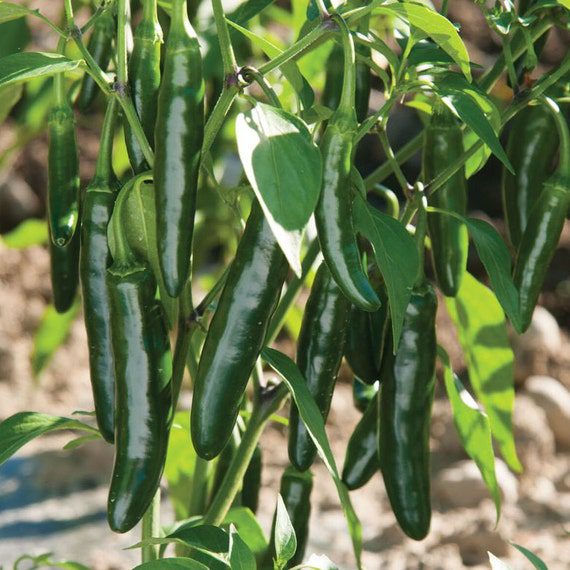
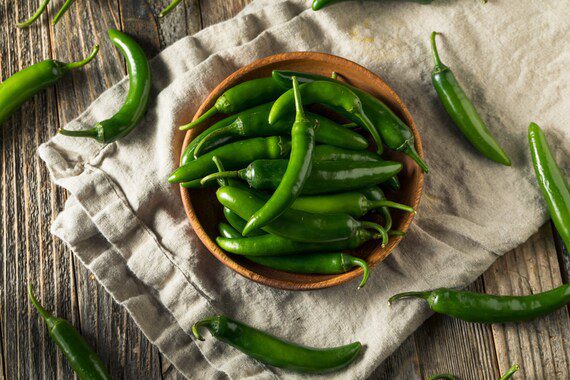
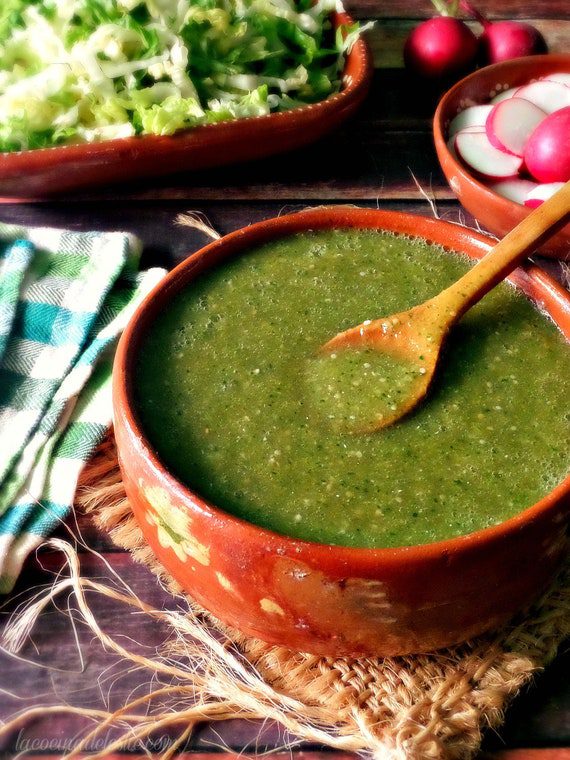

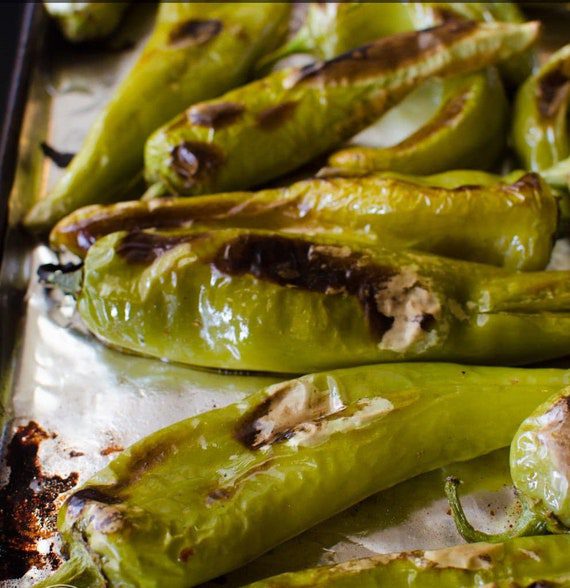
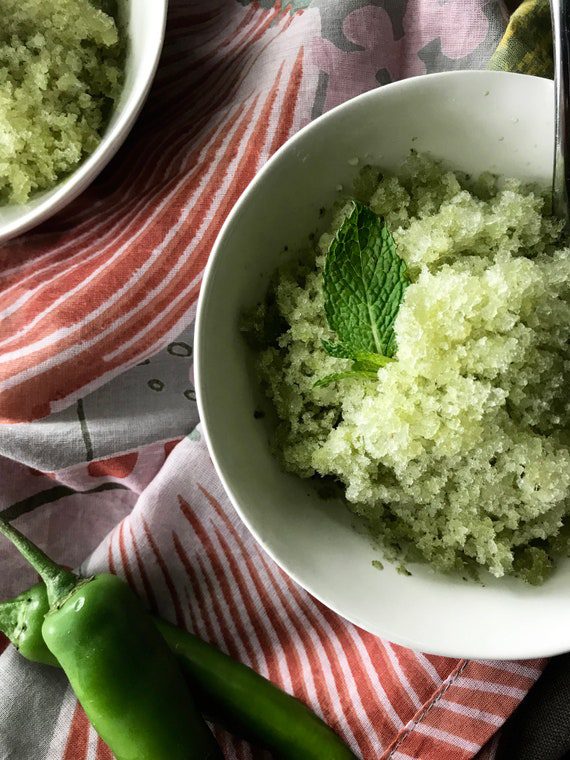


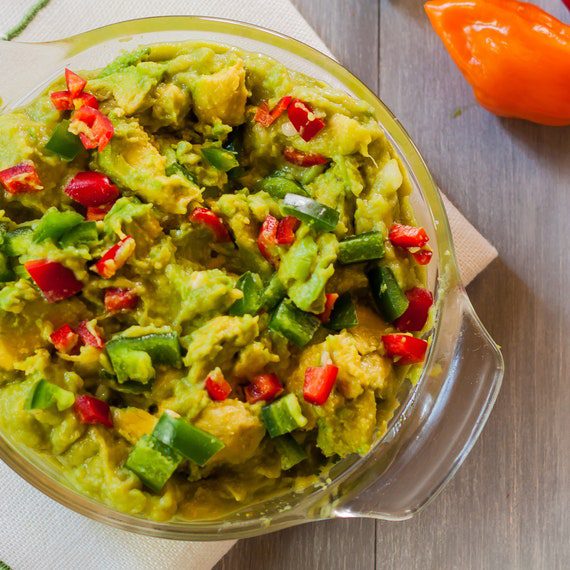



Annika Jensen –
I only had 3 of my 10 seeds sprout! However, it appears some slugs or snails enjoyed the seedling. Cannot really give accurate numbers in that case. The seedlings that survived are happy.
JR –
The seeds were shipped quickly, and they arrived just as quickly, well-packaged and all! The extra gifts that I found in the package alongside the seeds I ordered was a nice surprise I didn’t expect to see! All-in-all, a wonderful experience again, and so, thank you so much again! Can’t wait to see how all these grow a few months from now!
Melissa Sherrer –
My package arrived super fast and even included some extra seeds. Cant wait to plant these babies. Thank you!
Cassandra –
Zinnia and sunflowers seeds sprouted within a week/2 weeks and have been growing well after transferring to a bigger pot. Unfortunately the poppy seeds did not sprout at all even after 4 weeks of being planted. Overall still happy with my purchase!